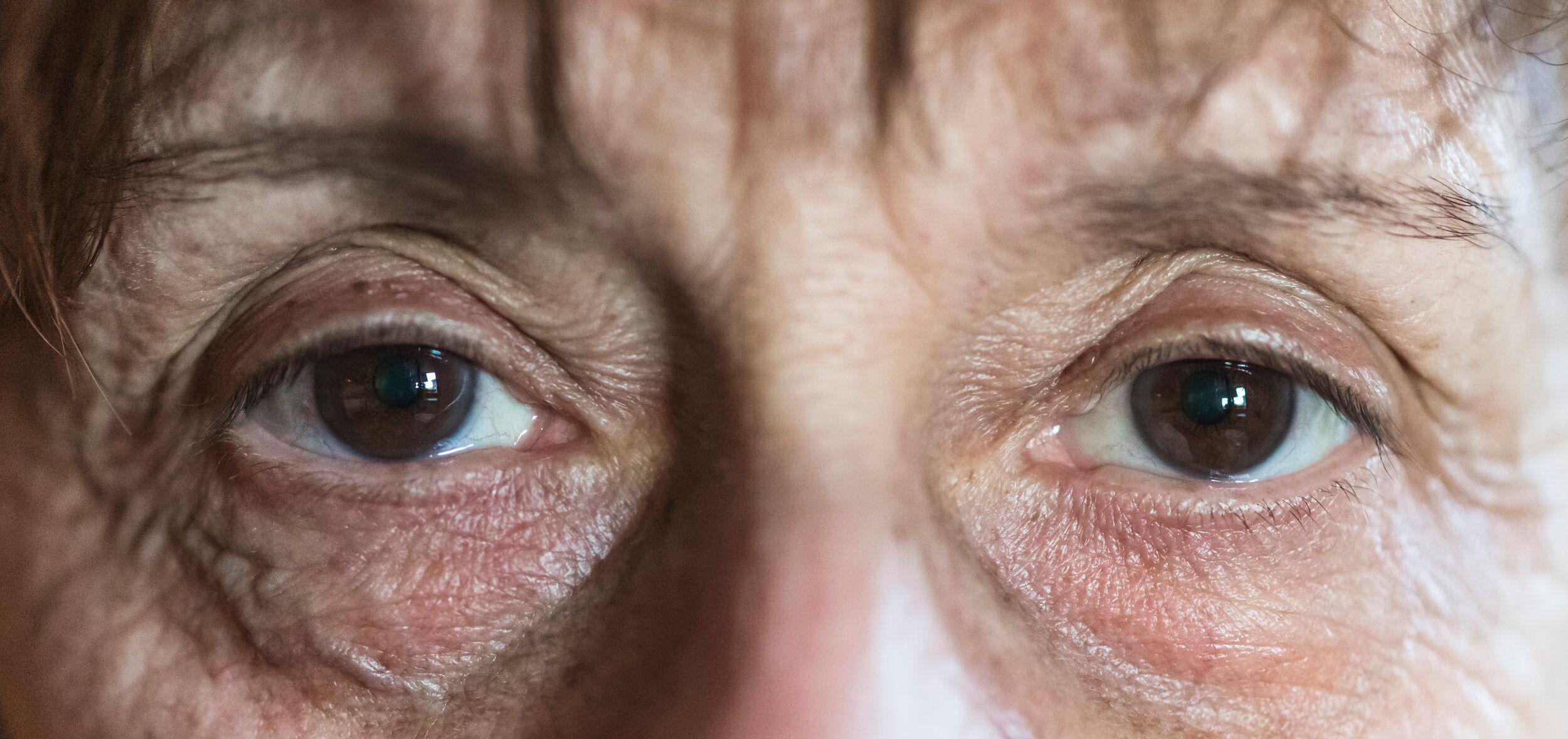
MS vs. NMOSD: What’s the Difference?
If you have multiple sclerosis (MS), you may have heard of a condition called neuromyelitis optica spectrum disorder (NMOSD) that shares similar qualities with MS. Maybe your doctor even mentioned it before you were diagnosed with MS, as one of the conditions they were trying to exclude. Here, we explain what NMOSD is, how it differs from MS, and why this differentiation is important.
What Is NMOSD?
Neuromyelitis optica spectrum disorder is an autoimmune demyelinating disease. Like MS, it causes damage to nerve fibers in the central nervous system, including the brain, spinal cord, and optic nerves.
Because of this, NMOSD often mimics multiple sclerosis, and people with NMOSD may be incorrectly diagnosed with MS, says Karima Benameur, M.D., a board-certified neurologist at Emory Healthcare in Atlanta. The diseases share some common symptoms, including:
- Visual issues, like blurred vision or involuntary eye movements
- Muscle weakness
- Issues with balance and walking
- Numbness
- Nerve pain
- Tremors
- Bladder issues or bowel issues
- Mental health issues
NMOSD very commonly causes optic neuritis, leading to eye issues such as eye pain, loss of color vision, and blurred vision.
It also frequently causes transverse myelitis, or spinal cord inflammation. This can result in symptoms such as weakness, numbness or tingling, pain, spasticity, and issues with bowel or bladder control. In severe cases, it may result in paralysis.
Both optic neuritis and transverse myelitis can occur in MS, as well.
MS vs. NMOSD: How Do the Symptoms Differ?
In the early stages, many of the symptoms of MS and NMOSD may look the same, but there are differences. According to the National Multiple Sclerosis Society (NMSS), the cognitive changes that may be characteristic of some people’s MS are unlikely to occur in NMOSD. NMOSD may also cause area postrema syndrome, which can cause excessive vomiting or hiccuping. This syndrome is generally not seen in MS.
What’s more, attacks, or relapses, of NMOSD may be more severe than MS relapses. NMOSD tends to be more severe from the start, and can sometimes be fatal, according to some research. “NMO is very aggressive,” Benameur says. Relapses in NMOSD may also have incomplete recovery, as opposed to with MS, where people often have complete or near-complete recovery and symptoms go away.
Who Gets MS or NMOSD?
NMOSD is rare, occurring in 1–10 out of 100,000 people, according to the National Organization for Rare Disorders. By contrast, MS is more common. It occurs in about 36 of every 100,000 people worldwide, some research suggests. Other research has found that in the United States, the rate may be as high as 363 per 100,000 people.
Both conditions can affect people of any ethnic background. However, the occurrence of NMOSD is slightly higher in people with African and East Asian ancestry than in other groups. People of Northern European descent tend to get MS at a higher rate than people in other ethnic groups, according to the NMSS.
Both diseases appear more commonly in women than in men and tend to first occur between the ages of 20 and 50.
How Can a Doctor Tell the Difference?
Bloodwork may sometimes help a neurologist differentiate the diseases. Unlike people with MS, people with NMOSD may have specific antibodies called anti-AQP4 in their blood, according to research in Multiple Sclerosis Journal. These antibodies attack a protein called aquaporin-4 (AQP4) in the central nervous system.
A person’s cerebrospinal fluid may also look different in NMOSD than it does in MS, according to research in Neurology.
The two diseases may also look different on imaging tests. “Neurologists have noticed, over the years, that NMOSD patients were less likely to have brain lesions, with more spinal cord and optic nerve lesions,” Benameur says. On the other hand, in MS, the brain may have multiple lesions in addition to damage to the optic nerves and spinal cord.
What’s NMOSD Treatment Like?
Today, people living with NMOSD tend to require more aggressive treatment than people with MS. “For example,” Benameur explains, “a patient with an MS flare may get intravenous (IV) steroids, whereas the doctors may give NMOSD patients plasma exchange, steroids, and immunosuppressants.”
Ultimately, several rare conditions, including NMOSD, can mimic the symptoms of MS, but they require a different approach to care. Whatever symptoms you're experiencing, it's important to have an open dialogue with your doctor about them so they can run the proper tests and make a diagnosis that will help you find the right treatment.
You May Also Like:
Want to Read More?
Access all of Twill Care’s content, community, and experts for free!
Already a member? Login
Want to Read More?
Access all of Twill Care’s content, community, and experts for free!
sign UP For FreeAlready a member? Login

